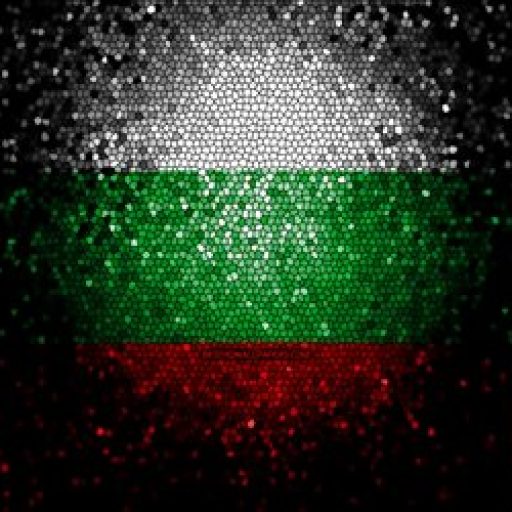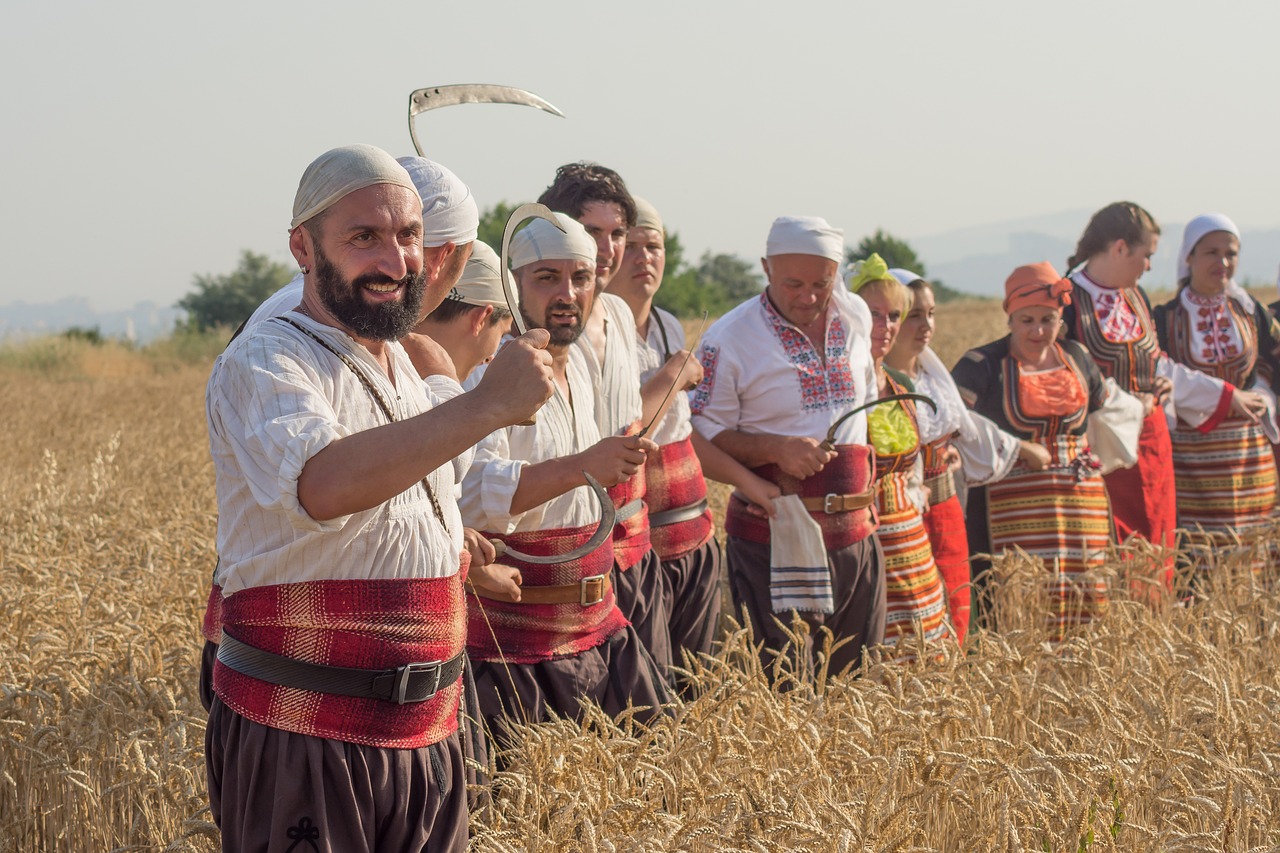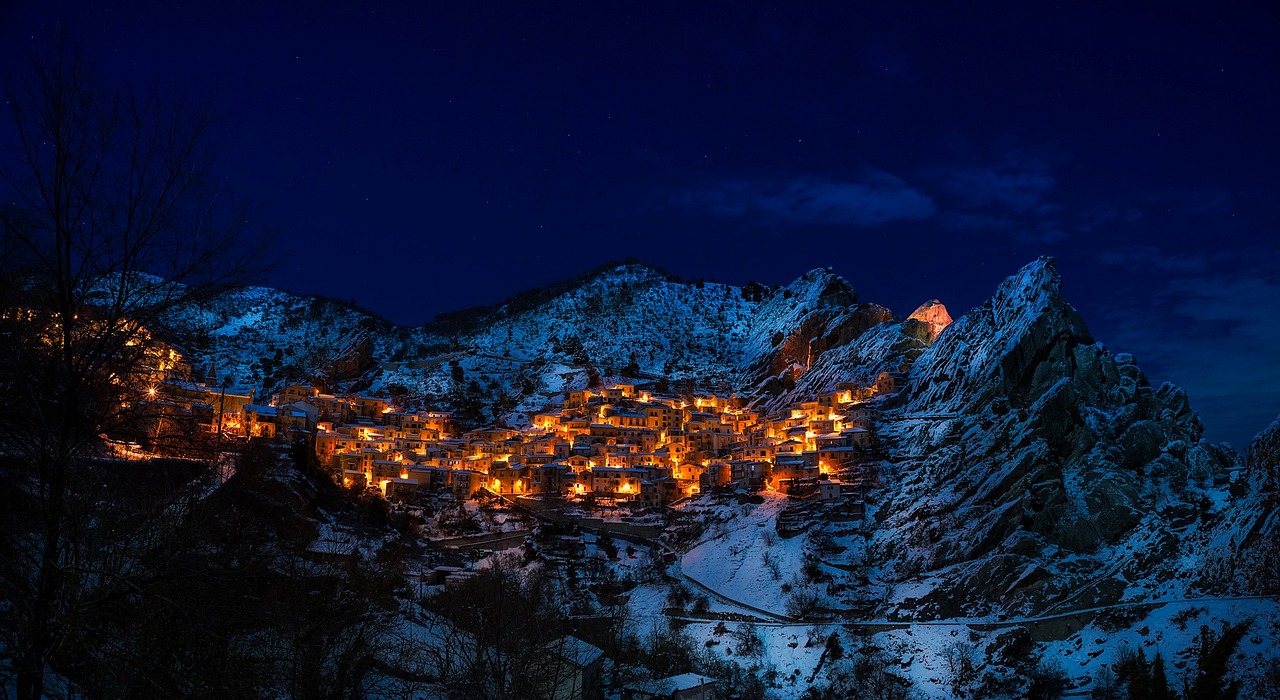Bulgaria is home to an abundance of ancient treasures, many of which date back 8000 years. From the megalithic Thracian sanctuary of Perperikon to the ruins of the ancient Roman town of Serdika, this country is a captivating destination for those seeking to explore the past.
With more than 120 tumuli in the Starosel village, 26 Thracian burial mounds in Sveshtari, and the UNESCO World Heritage Site of the Tomb of Sveshtari, Bulgaria offers a wealth of opportunities to explore its ancient history.
Additionally, visitors can experience the Church of St. George and the remains of the ancient Roman town of Nikopolis ad Istrum. From horse riding trips in Dobrinishte to tours of Plovdiv and Koprivshtitsa, Bulgaria’s ancient treasures are waiting to be discovered.
Key Takeaways
- Perperikon is an 8000-year-old Thracian sanctuary, originally a fortified royal palace and religious center.
- Tatul is a megalithic religious complex used by Thracians as a sacrificial ground and sun observation spot, located near the village of Tatul.
- Sveshtari is a major civic and religious center with 26 Thracian burial mounds in the region, including the UNESCO World Heritage Site Tomb of Sveshtari.
- Serdika is an ancient Roman town in Sofia, Bulgaria, with remains that include houses, churches, fortification walls, and a system of water closets.
Uncovering Perperikon
Perperikon, an 8000-year-old megalithic Thracian sanctuary, is located 100 km southeast of Plovdiv and is renowned for its old church built in the 5th century AD. Situated 470 meters above sea level, this fortified royal palace and religious center was once home to Romans, Goths, Byzantines, and Bulgarians throughout its long history.
The significance of Perperikon in Bulgarian history is evident in the Temple of the ancient Thracian god Zagreus, as well as other structures such as the Oldest church in the Rhodopes. Exploring the architectural marvels of Perperikon is a must for all travelers visiting Bulgaria. Visitors should be aware that the hill on which it stands can be steep and should bring sunblock and water.
Perperikon is near other tourist attractions such as Pamporovo mountain resort and the Devils Throat Cave.
## Tatul: Ancient Thracian Religious Complex
Tatul, located near the village of Tatul, is a megalithic religious complex that was built in the 12th century BC. It was used by the Thracians as a sacrificial ground and sun observation spot. Tatul’s historical significance lies in its ancient architecture, unique rituals, and its relation to the Thracian culture.
| Historical Significance | Thracian Rituals |
|:———————-:|:—————:|
| Ancient architecture | Sacrifices |
| Unique rituals | Sun observation |
| Thracian culture | |
## Sveshtari: A Monumental Tumulus
Sveshtari is a monumental tumulus in Bulgaria, known for its 26 Thracian burial mounds, including the Ginina Mogila, the most famous mound, and the Tomb of Sveshtari, a UNESCO World Heritage Site since 1985.
Archaeologically, Sveshtari holds immense significance:
* Thracian burial practices:
* Burial mounds were built to honor the dead
* Bodies were interred with artifacts and offerings
* Burial mounds were also used for ancestor worship
* Ginina Mogila:
* Unique monument with a central chamber surrounded by four corridors
* Believed to be a temple-tomb of a Thracian king
* Tomb of Sveshtari:
* Imposing stone sarcophagus decorated with an intricate frieze
* One of the best examples of Thracian art
## Starosel Village: Tumuli and Temples
Starosel Village is another prominent Thracian archaeological site with 120 tumuli, six of which serve as temple-tombs and are open to the public. Located near the town of Starosel, Bulgaria, the site dates back to the Thracian era and was used for both burial and religious rituals.
The tumuli, or burial mounds, are the most interesting feature, as they reveal a glimpse into the burial rituals of the Thracian people. The temple-tombs, while smaller in size, are equally impressive for their unique architecture. The most famous of these is the Horizon Tomb, which is one of the few remaining examples of Thracian temple architecture.
Visiting the site is a great way to explore the history of the Thracian civilization and learn more about their culture and religious practices.
## Rome in Bulgaria: Armira and Serdika
The Roman era in Bulgaria is evidenced in the remains of Armira Villa and Serdika, showcasing a unique blend of Thracian and Roman architecture and artistry.
Armira Villa, a historical monument discovered in 1964, is a two-storey construction with more than twenty rooms. It is known for its Roman mosaics, including the image of the Gorgon Medusa and a mosaic portrait of the owners family.
The nearby Thracian sanctuaries of Perperikon and Tatul, as well as the Kardzhali Reservoir, can also be visited.
Serdika, an ancient Roman town founded in 102 AD by Emperor Trajan, is a major archaeological site in Sofia. It contains houses, churches, fortification walls, and a system of water closets. The sewerage system was one of the first of its kind in this part of the world.
Serdika has great historical significance in Bulgaria and will become the largest open-air museum in Sofia by 2014.
## Frequently Asked Questions
### What are the best ways to explore Bulgaria’s ancient sites?
The best way to explore Bulgaria’s ancient sites is by avoiding crowds and seeking out accessibility options. Researching local attractions and planning ahead can help access unique experiences such as guided tours, horse riding, and rare pet experiences. With careful planning, visitors can have a safe and enjoyable experience.
### Are there any special precautions to consider when visiting Perperikon?
When visiting Perperikon, visitors should consider the logistics of the location, which is located 100 km southeast of Plovdiv at 470 meters above sea level. The terrain can be steep, so visitors should bring sunblock and water. Additionally, it is important to respect the cultural significance of the site.
### What are the other nearby attractions near Tatul?
Uncovering the day-trip gems of Tatul, Bulgaria can be a rewarding adventure. Local guides can guide visitors to nearby attractions such as Pamporovo mountain resort and the Devils Throat Cave. For a truly unforgettable experience, explore the ancient Thracian temple-tombs of Starosel Village, or visit the Kazanlak Tomb, a UNESCO World Heritage Site. Take a stroll through the Valley of the Thracian Kings or explore the ruins of Nikopolis ad Istrum. Armira Villa, with its Roman mosaics, is not to be missed.
### Are there any other ancient Thracian sites to visit in Bulgaria?
Bulgaria is home to many ancient Thracian sites, such as the Valley of the Thracian Kings, Nikopolis ad Istrum, and Armira Villa. Visitors should explore local culture and historical facts while taking advantage of the visiting tips available. There is much to learn from delving into the country’s rich and varied past.
### How can I become a local travel partner with My Guide Bulgaria?
My Guide Bulgaria offers a unique business opportunity for eco-tourism and cultural heritage enthusiasts to become a local travel partner. This entails providing expert knowledge and guiding services to travelers who want to experience the freedom of exploring Bulgaria.












